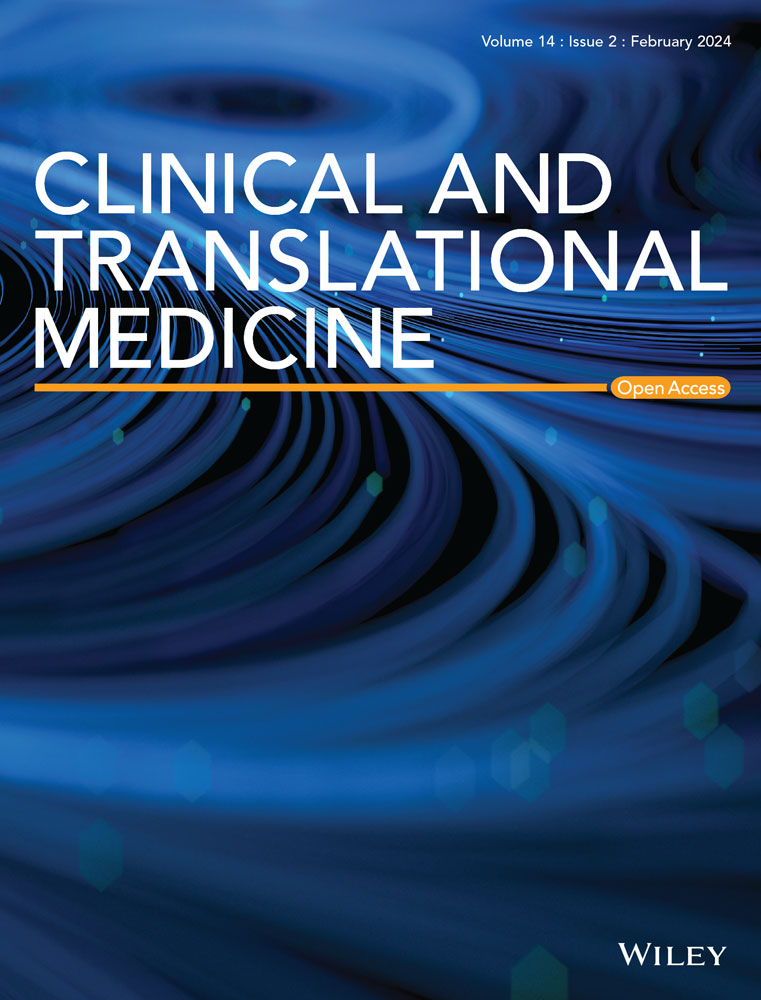Excitatory neurons and oligodendrocyte precursor cells are vulnerable to focal cortical dysplasia type IIIa as suggested by single-nucleus multiomics
Abstract
Background
Focal cortical dysplasia (FCD) is a heterogeneous group of cortical developmental malformations that constitute a common cause of medically intractable epilepsy. FCD type IIIa (FCD IIIa) refers to temporal neocortex alterations in architectural organisation or cytoarchitectural composition in the immediate vicinity of hippocampal sclerosis. Slight alterations in the temporal neocortex of FCD IIIa patients pose a challenge for the preoperative diagnosis and definition of the resection range.
Methods
We have performed multimodal integration of single-nucleus RNA sequencing and single-nucleus assay for transposase-accessible chromatin sequencing in the epileptogenic cortex of four patients with FCD IIIa, and three relatively normal temporal neocortex were chosen as controls.
Results
Our study revealed that the most significant dysregulation occurred in excitatory neurons (ENs) and oligodendrocyte precursor cells (OPCs) in the epileptogenic cortex of FCD IIIa patients. In ENs, we constructed a transcription factor (TF)-hub gene regulatory network and found DAB1high ENs subpopulation mediates neuronal immunity characteristically in FCD IIIa. Western blotting and immunofluorescence were used to validate the changes in protein expression levels caused by some of the key genes. The OPCs were activated and exhibited aberrant phenotypes in FCD IIIa, and TFs regulating reconstructed pseudotime trajectory were identified. Finally, our results revealed aberrant intercellular communication between ENs and OPCs in FCD IIIa patients.
Conclusions
Our study revealed significant and intricate alterations in the transcriptomes and epigenomes in ENs and OPCs of FCD IIIa patients, shedding light on their cell type-specific regulation and potential pathogenic involvement in this disorder. This work will help evaluate the pathogenesis of cortical dysplasia and epilepsy and explore potential therapeutic targets.
Key points
-
Paired snRNA-seq and snATAC-seq data were intergrated and analysed to identify crucial subpopulations of ENs and OPCs in the epileptogenic cortex of FCD IIIa patients and explore their possible pathogenic role in the disease.
-
A TF-hub gene regulatory network was constructed in ENs, and the DAB1high Ex-1 mediated neuronal immunity was characterstically in FCD IIIa patients.
-
The OPCs were activated and exhibited aberrant phenotypes in FCD IIIa patients, and TFs regulating reconstructed pseudotime traectory were identified.
-
Aberrant intercelluar communications between ENs and OPCs in FCD IIIa patients were identified.


 求助内容:
求助内容: 应助结果提醒方式:
应助结果提醒方式:


